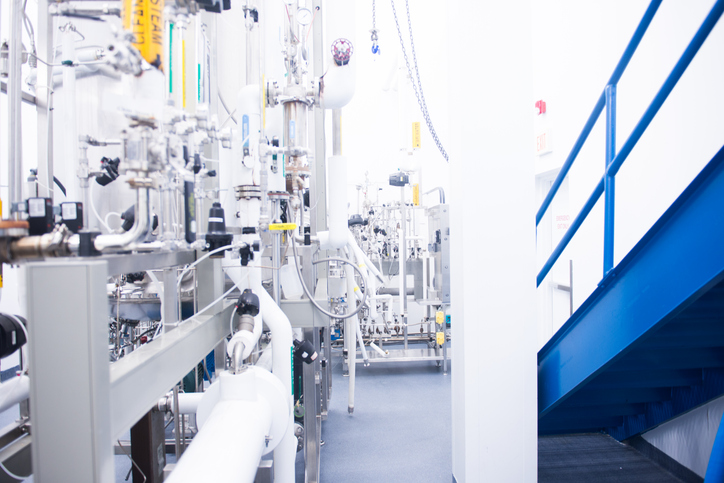By Gail Dutton
Oxidative stress reduces the yield of cells in bioreactors by 10–15%, contributing to the current yield ceiling of about 70%. Eliminating or reducing oxidative stress could help biopharmaceutical manufacturers achieve significantly higher cell densities in culture without increasing the number or volume of bioreactors. As cell therapies become increasingly accepted, production must scale up, making strategies to enhance production increasingly important.
The Xheme Multifunctional Additive (XMA), developed by Xheme at the University of Massachusetts Amherst Innovation Institute on the Mount Ida campus, addresses this challenge. XMA can be added directly to cell cultures and extracted later or can be incorporated into composite plastics that are used in single-use manufacturing set-ups.
Lab results indicate it increases cell viability by approximately 15% when incorporated in plastic and by some 50% when added directly to cell culture medium, according to comments from partners at O2M Technologies and the UMass Institute for Applied Life Sciences’ cell culture facility, which analyzed Xheme’s data. In a separate experiment, when XMA was added to polymer films, the maximum concentration of XMA that leached into the solution was less than one part per billion, even after 50 days.
How XMA reduces oxidation
XMA consists of mixed metal, oxide-based, nanoporous, macro-structured microparticles. It protects against oxidation, ultraviolet radiation, corrosion, bacterial contamination, and X-ray radiation (and therefore has multiple potential applications).
“XMA technology works in two ways,” Kumar Challa, co-founder, president, and CSO of Xheme, tells GEN. “It works as a sponge to absorb many of the oxygenated radicals and, if necessary, it converts some of the peroxides [in the bioprocessing solution] into oxygen and water,” thus improving cell viability and yield. The redox activity appears to work continuously but may be species dependent.
The additive can be used with common bioprocessing cell types, like Chinese hamster ovary (CHO) cells and human embryonic kidney (HEK) cells. Xheme recently shipped XMA samples to a German company to test its effectiveness with microalgae. XMA also can be used to minimize oxidative stress in red blood cells, which will become an issue when the EU ban on the plasticizer di(2-ethylhexyl) phthalate (DEHP), which is used in many medical plastics, takes effect May 2025. XMA-containing DEHP-free PVC prototype blood bags are being field-tested by the Vitalant Research Institute and the Canadian Blood Services.
XMA is available in kilogram quantities for research and validation now but isn’t yet commercialized for bioprocessing. As Challa says, “Lab-scale results show about 50% proliferation in a variety of cells. Next, we would like to do that in a one- to five-L bioreactor system to demonstrate scaleup.”


